Google Pixel7a exposure: ceramic body, 64 megapixel main camera, 90Hz screen refresh rate
According to the latest disclosure, Google I/O 2023 may launch both Pixel8 and Pixel8Pro phones simultaneously, in addition to previously announced products such as Android 14, Pixel7a, and PixelFold foldable screen phones. The specific message can only be confirmed after the event officially starts
According to the latest disclosure, Google I/O 2023 may launch both Pixel8 and Pixel8Pro phones simultaneously, in addition to previously announced products such as Android 14, Pixel7a, and PixelFold foldable screen phones. The specific message can only be confirmed after the event officially starts.
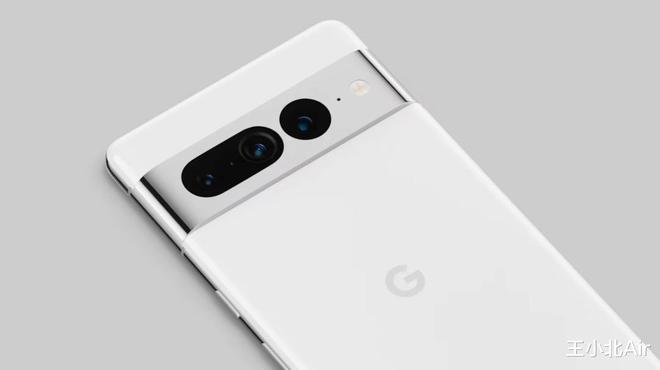
According to current news, the new Pixel8 and Pixel8Pro phones will be equipped with Google's own chip TensorG3. It is said that this chip may be based on the Samsung 4LPP process and adopts a "1+4+4" architecture, including one Cortex-X3 with a main frequency of 3.30GHz, four Cortex-A715 with a frequency of 2.60GHz, and four Cortex-A510 with a frequency of 2.20GHz to 2.30GHz. However, this chip may be developed based on Exynos2300, but it has not been confirmed yet. A previous disclosure mentioned the specification information of the suspected Exynos2300, but it still needs to be confirmed by official sources.
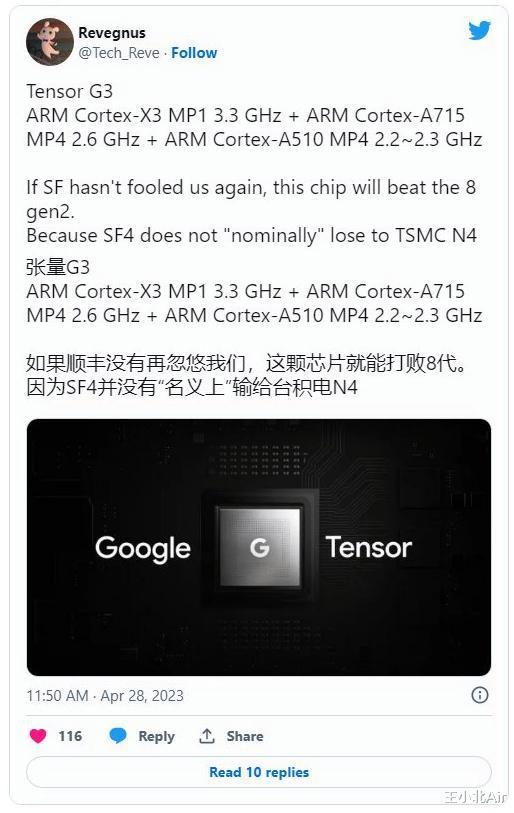
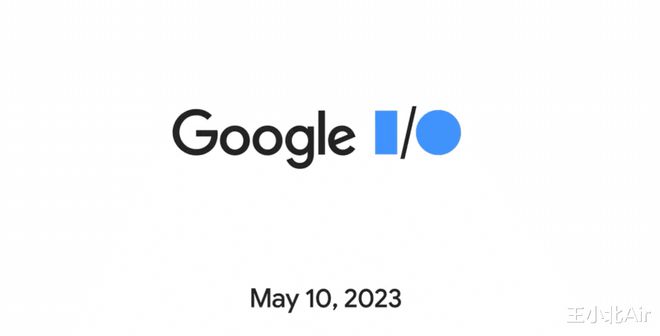
If Pixel8 and Pixel8Pro are indeed equipped with TensorG3 chips, then this will be the first time Google Pixel series has adopted independently developed chips. The performance of TensorG3 is very strong, and with the other hardware specifications of Pixel8 and Pixel8Pro, users can expect a better user experience. Meanwhile, the independent research and development of TensorG3 also reflects Google's technological strength and ambition in the field of mobile chips.
According to the news, the Exynos2300 chip may be equipped with one CortexX3 with a main frequency of 3.07GHz, four CortexA715 with a frequency of 2.65GHz, and four CortexA510 with a frequency of 2.1GHz. In contrast, the second generation Snapdragon 8 chip currently widely used on the market adopts a 1+2+2+3 architecture, with one ultra large core with a main frequency of 3.2GHz, four performance cores with a main frequency of 2.8GHz, and three energy efficiency cores with a frequency of 2.0GHz. Therefore, the actual performance and power consumption performance of these chip products will become the focus of attention.

According to the disclosure, Google Pixel7a will officially make its debut at the Google I/O 2023 event, and a large number of specification details have already been exposed. It is reported that Pixel7a will use optical fingerprint recognition technology, equipped with a 6.2 inch OLED screen, with a screen refresh rate of 90Hz and a resolution of 2400x1080.

In addition, its rear camera is 12 million pixels, and its front camera is 8 million pixels, equipped with 4GB RAM and 64GB storage space. Pixel7a will also have a 4500mAh battery and support 30W fast charging technology.

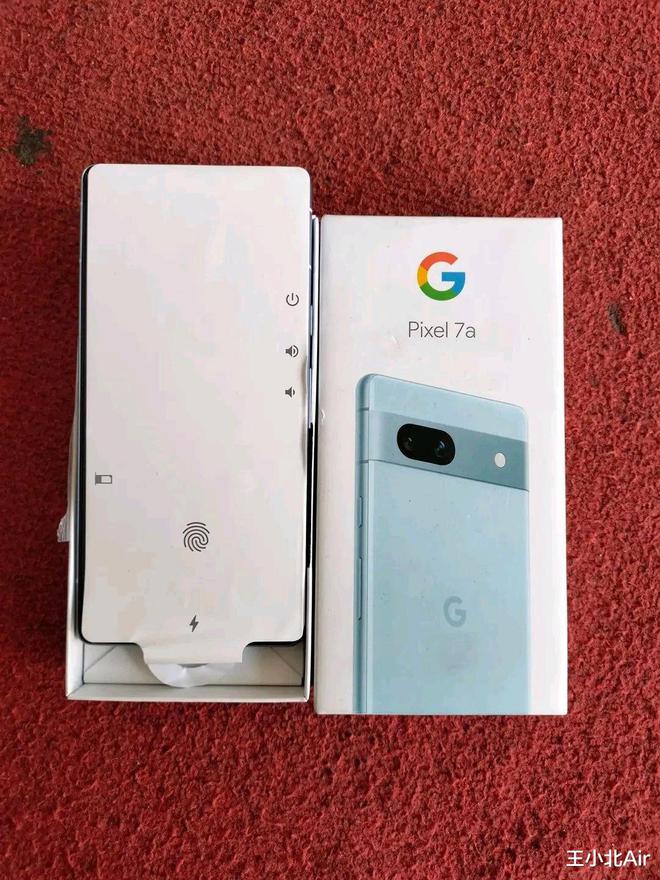
The relevant specifications of Google Pixel7a are as follows:
Screen: 6.1 inch OLED screen, FHD resolution, 90Hz refresh rate
Processor: TensorG2 processor
Storage: UFS3.1 and LPDDR5
Operating system: Android 13
Camera: 64 megapixel IMX787 main camera and 12 megapixel ultra wide angle lens
Size: 152.4 mm x 72.9 mm x 9 mm
Port: USBType-C
Other: No 3.5mm audio jack
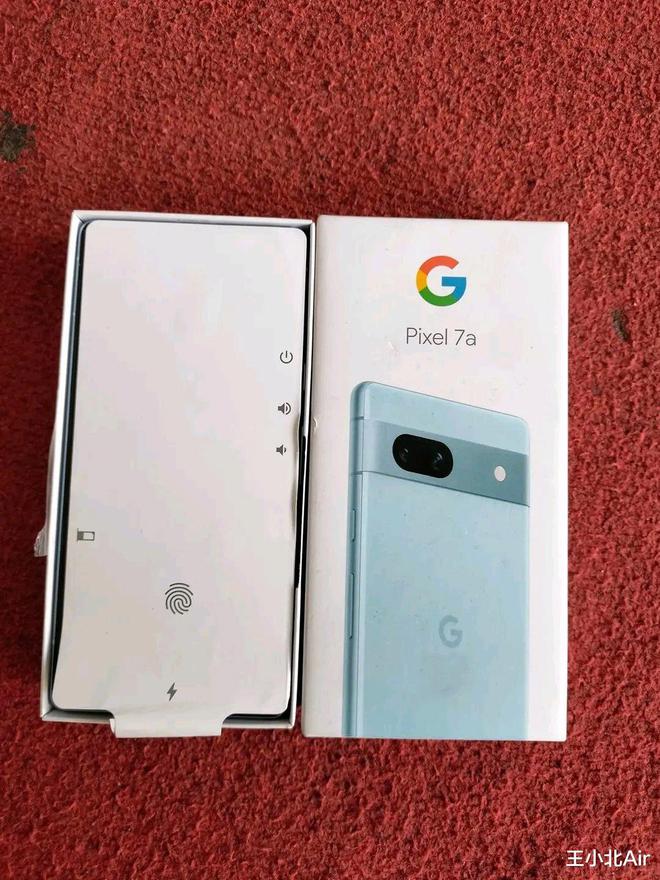
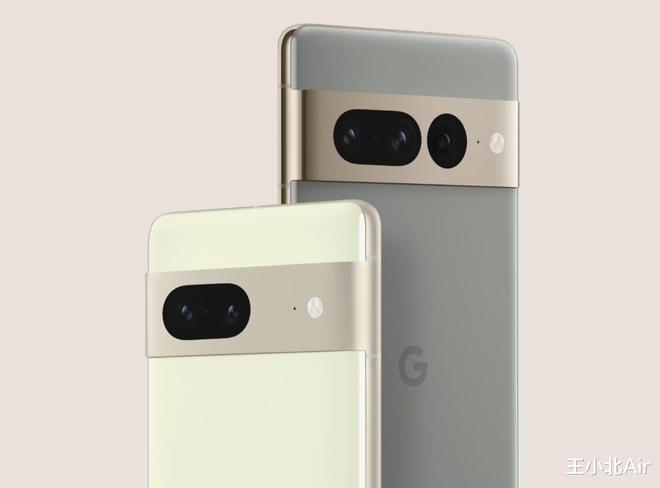
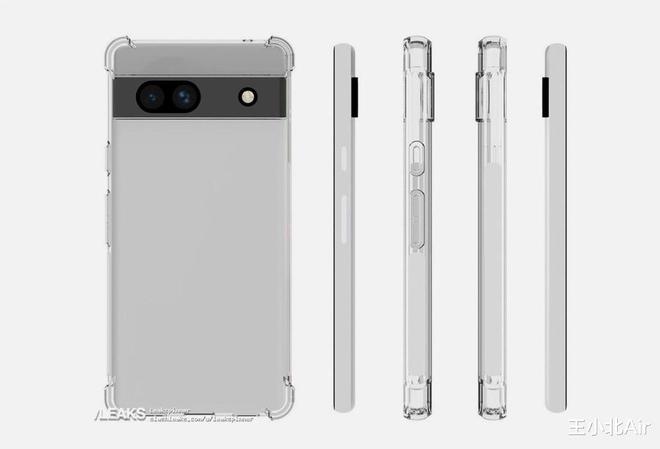
The Google Pixel series has always been known for its simple and elegant design style, which has been continued on Pixel7a. The body adopts a rounded transitional side design, making the entire body feel very smooth. The power and volume adjustment buttons are both located on the right side of the body, making it easy to operate with one hand. At the same time, the body size of the Pixel7a is also relatively moderate, with a length of 152.4 millimeters, a width of 72.9 millimeters, and a thickness of 9 millimeters, providing a comfortable feel and easy to carry.
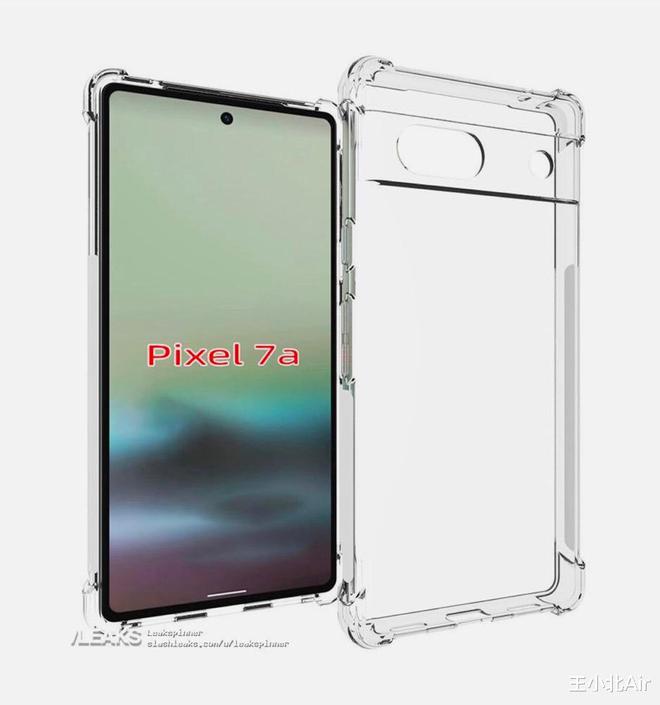

In terms of rear mounted cameras, the Pixel7a camera is placed in a horizontal strip area behind the body, along with the flash component. This design is not only aesthetically pleasing, but also convenient for users to take photos and videos. Pixel7a's camera configuration is also excellent. The main camera uses a 64 megapixel IMX787 sensor and a 12 megapixel ultra wide angle lens to take more vivid, delicate and natural photos.
Meanwhile, there is still no official confirmation on whether Pixel7a uses a ceramic body. If the Pixel7a really uses ceramic material, it will be the first time the Pixel series has used this material, because so far, Google has insisted on using plastic, glass, and metal materials for its mobile phone products.
How do you feel about this news?
Would you choose to purchase this phone through certain channels?
Tag: Google Pixel7a exposure ceramic body megapixel main camera 90Hz
Disclaimer: The content of this article is sourced from the internet. The copyright of the text, images, and other materials belongs to the original author. The platform reprints the materials for the purpose of conveying more information. The content of the article is for reference and learning only, and should not be used for commercial purposes. If it infringes on your legitimate rights and interests, please contact us promptly and we will handle it as soon as possible! We respect copyright and are committed to protecting it. Thank you for sharing.


